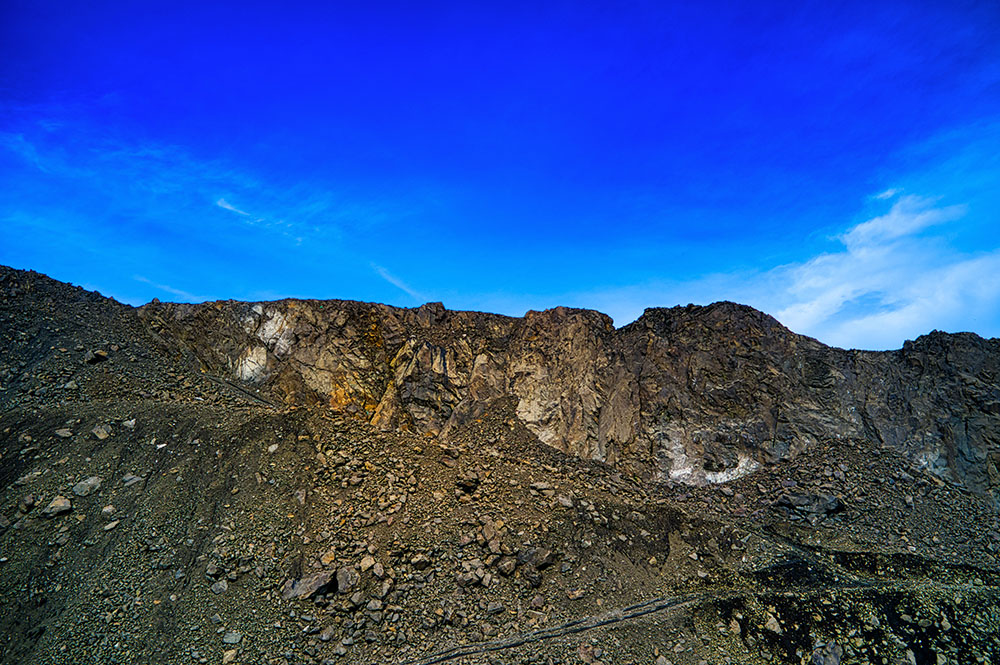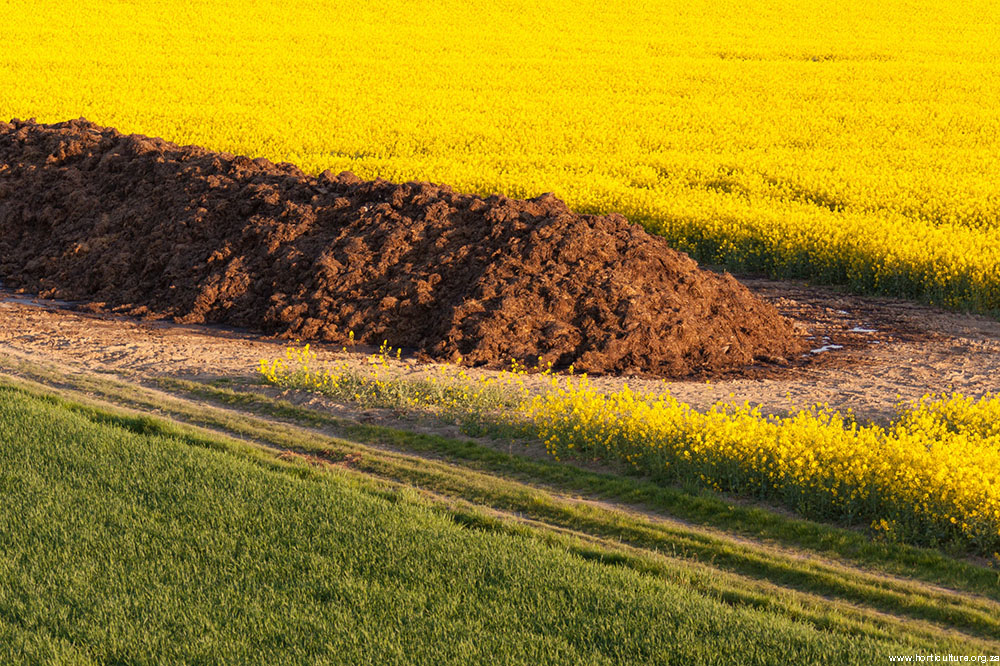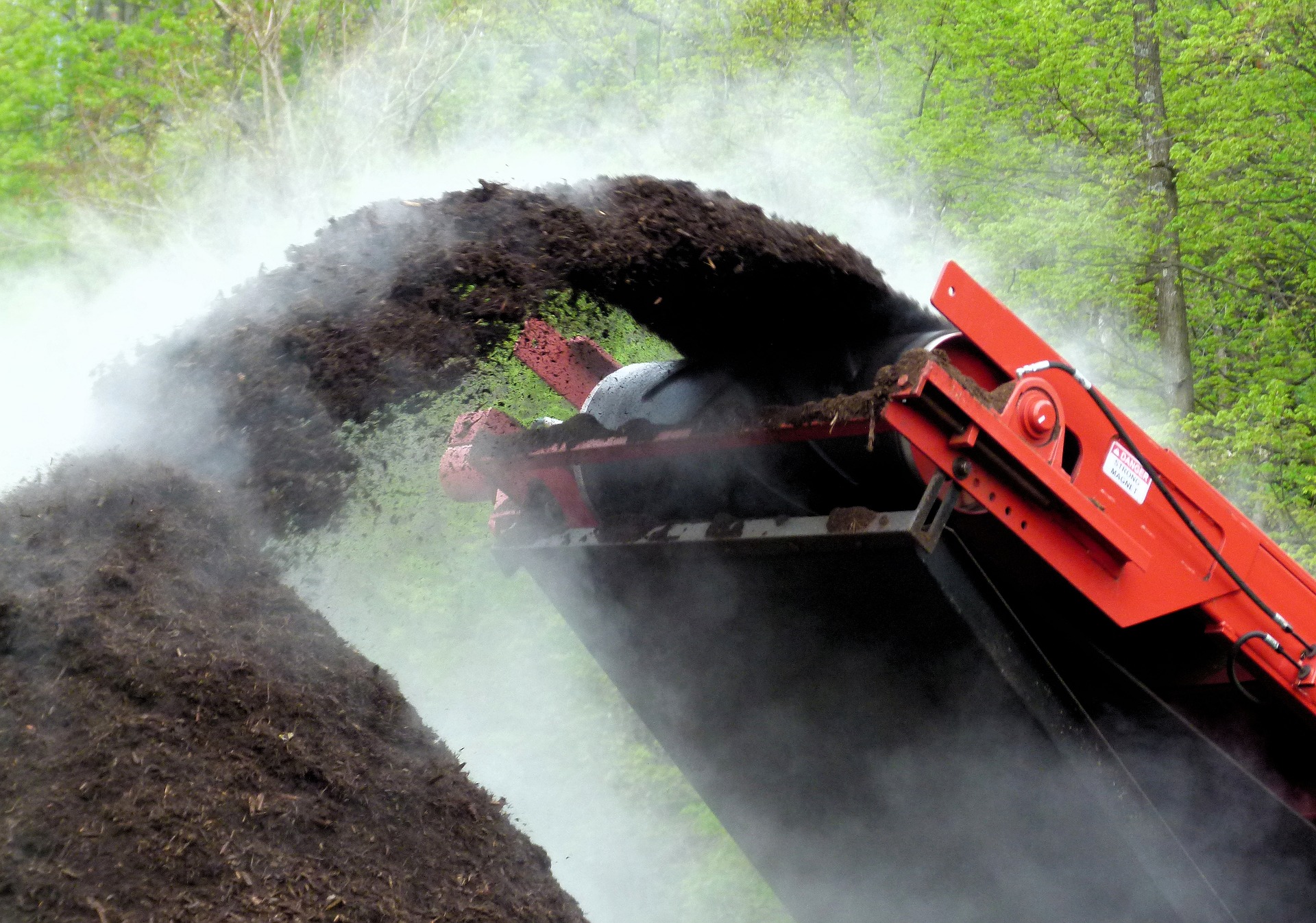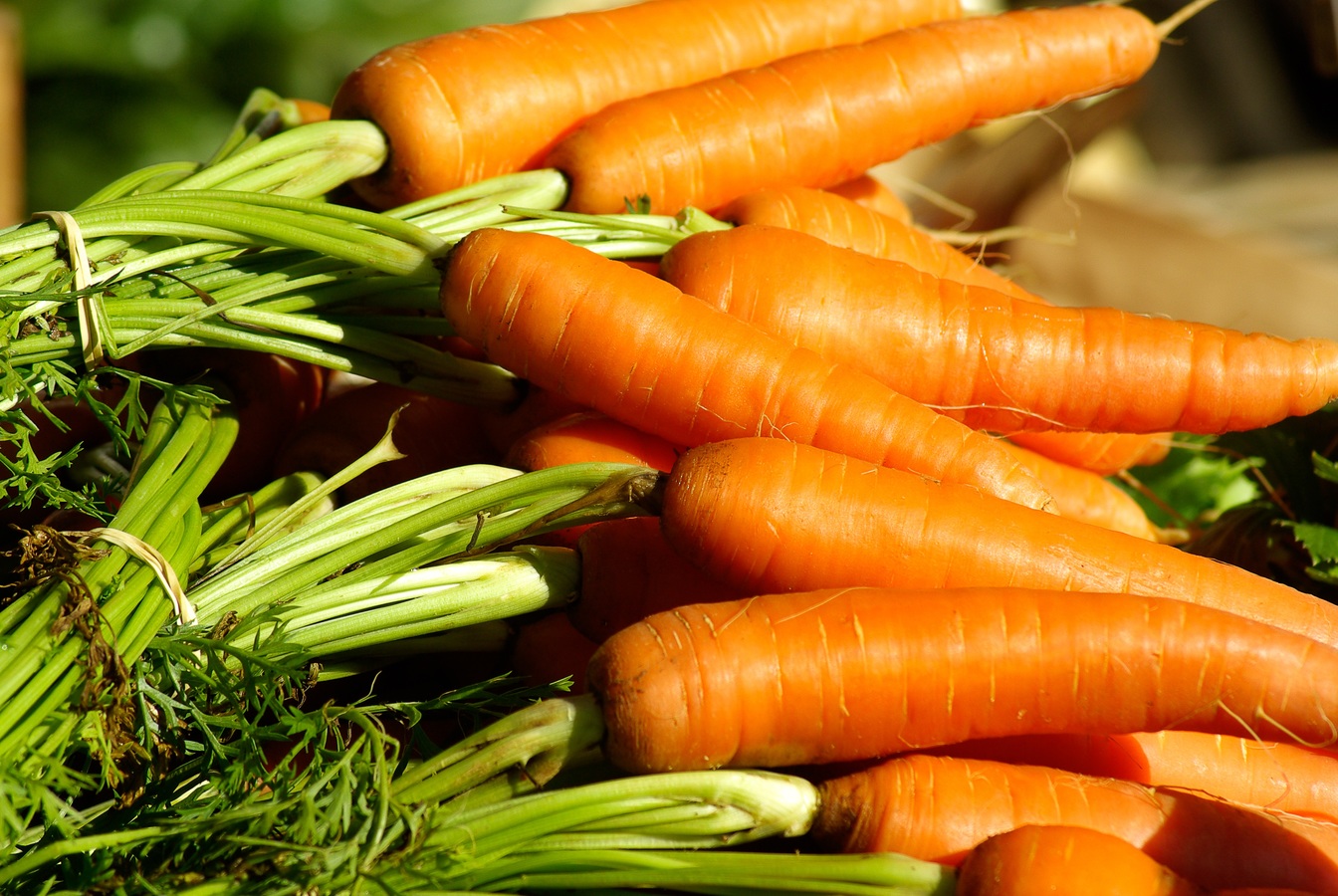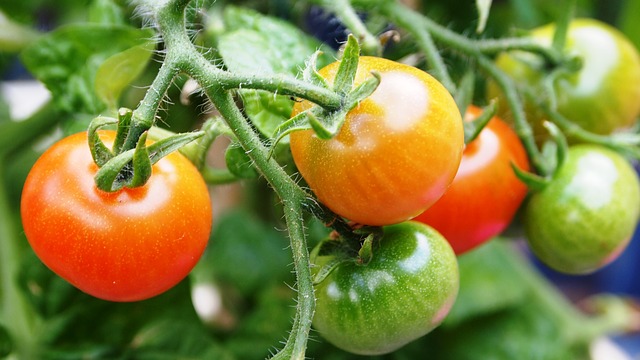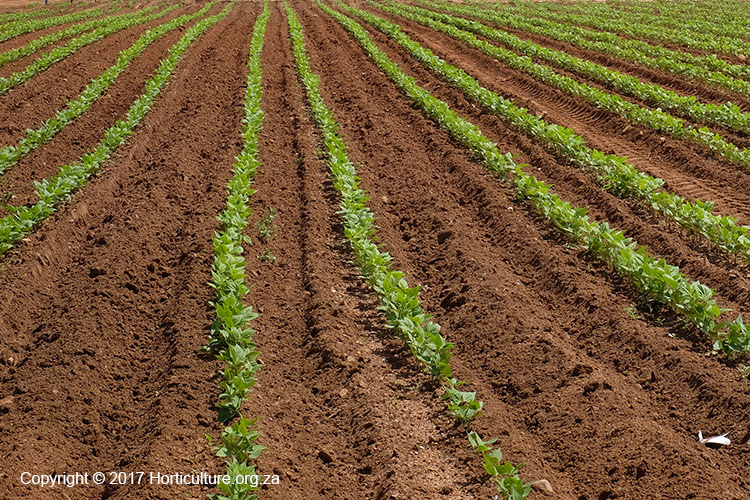Lettuce fertilizer requirements can be calculated if you know your soil type and have a good idea of the yield potential of your land and climate. So these tables are not really suitable if you have no experience in lettuce or you have not done a soil analysis. These are basic norms and your specific [...]
Foliar feeding is not new, farmers use this method since the early 50's on large scale to alleviate iron, copper, zinc and manganese deficienciesH. J. MederskiGarth W. Volk. 1 January 1956. Ohio Agricultural Experiment Station . The question is, is it worth applying for small scale farmers. There are pro's and con's in foliar feeding [...]
Butternut (Cucurbita moschata) fertilizer requirements can be calculated if you know your soil type and have a good idea of the yield potential of your land and climate. These are basic norms and your specific microclimate and variety can have an influence on the total amount applied. These norms do not take top dressings into [...]
Sweet potato fertilizer requirements can be calculated if you know your soil type and have a good idea of the yield potential of your land and climate. These are basic norms and your specific microclimate and variety can have an influence on the total amount applied. These norms do not take top dressings into account, [...]
Soil magnesium is by no means unimportant. Nitrogen, potassium and phosphate research dominates that of soil magnesium. Calcium is hardly ever a problem in soil. It is part of the lime fertilizer calcium phosphate (Ca3(PO4)2H2O). Adding lime to the soil includes enough calcium for plant growth. One can call it a lopsided fertilizer application, which [...]
Manure is the waste from animals. Farmer's source manure either from natural deposits or livestock farmers. The content of manure is highly variable, and each batch must be analyzed when used for nutrient analysis for crop growth. We recommend reading Natural fertilizers for vegetables with this article. Manure is different from compost. It cures and [...]
Natural fertilizers for vegetables usually refer to manure, compost and industrial waste products from animals. It consists of biodegradable material which is normally eco friendly. The process through which it is made is not necessarily eco friendly or sustainable. Each product has its advantages and disadvantages. The grower must evaluate and understand which natural fertilizer [...]
Soil sulfur is not a very well known element, but it is part of the macronutrients. Sulfur or S, is absorbed in the same amounts as phosphorus. Uptake of S by grasses is about 10 kg/ha, leguminous crops 25-30 kg/ha and cabbage about 40-45 kg/ha. The table below compares sulfur and phosphorus in the % [...]
Soil calcium can be a mystery as most growers focus on nitrogen, potassium and phosphorus. If you scan literature, scientists get very involved in detail and confusing for the average non post graduate farmer. This is a simple yet quick cheat sheet on soil calcium that will quickly give you an overview of the important [...]
Carrot fertilizer requirements can be calculated if you know your soil type and have a good idea of the yield potential of your land and climate. These are basic norms and your specific microclimate and variety can have an influence on the total amount applied. These norms do not take top dressings into account, only [...]
Pea fertilizer (Pisum sativum) requirements can be calculated if you know your soil type and have a good idea of the yield potential of your land and climate. These are basic norms and your specific microclimate and variety can have an influence on the total amount applied. These norms do not take top dressings into [...]
Beetroot fertilizer requirements can be calculated if you know your soil type and have a good idea of the yield potential of your land and climate. These are basic norms and your specific microclimate and variety can have an influence on the total amount applied. These norms do not take top dressings into account, only [...]
Tomato fertilizer requirements can be calculated if you know your soil type and have a good idea of the yield potential of your land and climate. These are basic norms and your specific microclimate and variety can have an influence on the total amount applied. These norms do not take top dressings into account, only [...]
Green pea soil preparation Achieving good yields green pea soil preparation is the first step for any grower. The soil must be well drained as green peas are very sensitive to waterlogged conditions. Make sure that the water table of the underground water is not closer to the surface than 800 mm. As with any [...]
Green bean fertilizer requirements can be calculated if you know your soil type and have a good idea of the yield potential of your land and climate. These are basic norms and your specific microclimate and variety can have an influence on the total amount applied. These norms do not take top dressings into account, [...]
The basics of green bean fertilization Green bean fertilization is quite easy as it has a short growth season, but if neglected can have a significant effect on yields. Proper preparation of the soil and an adequate amount of well-balanced nutrients are essential for good yields and a large proportion of first grade pods. The nutrients [...]
Application
Bacterial blight
Calculations
Chemicals
Climate
Control
Cultivars
Cultivation
Fall Armyworm
Fertilization
Fungi
Harvesting
Herbicides
Irrigation
Management
Nutrient uptake
Nutrition
Organic
Pesticides
Pests
Planting
Products
Salt stress
Seedlings
Soil
Substitution
Varieties
Virusses
Weed control





